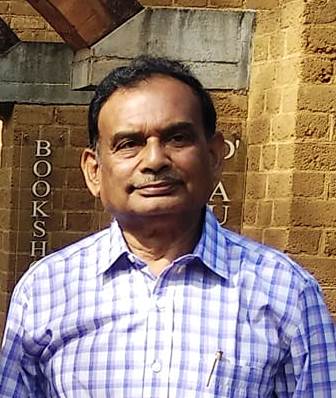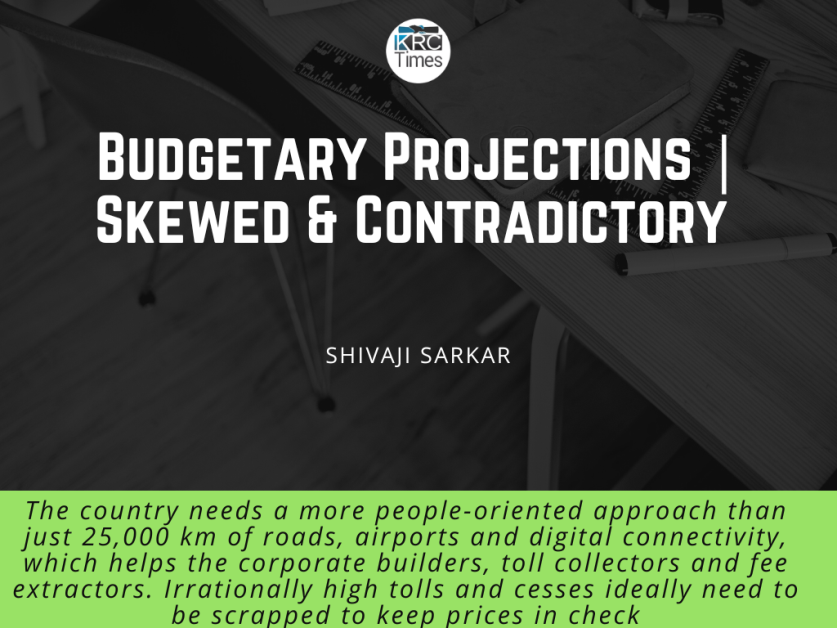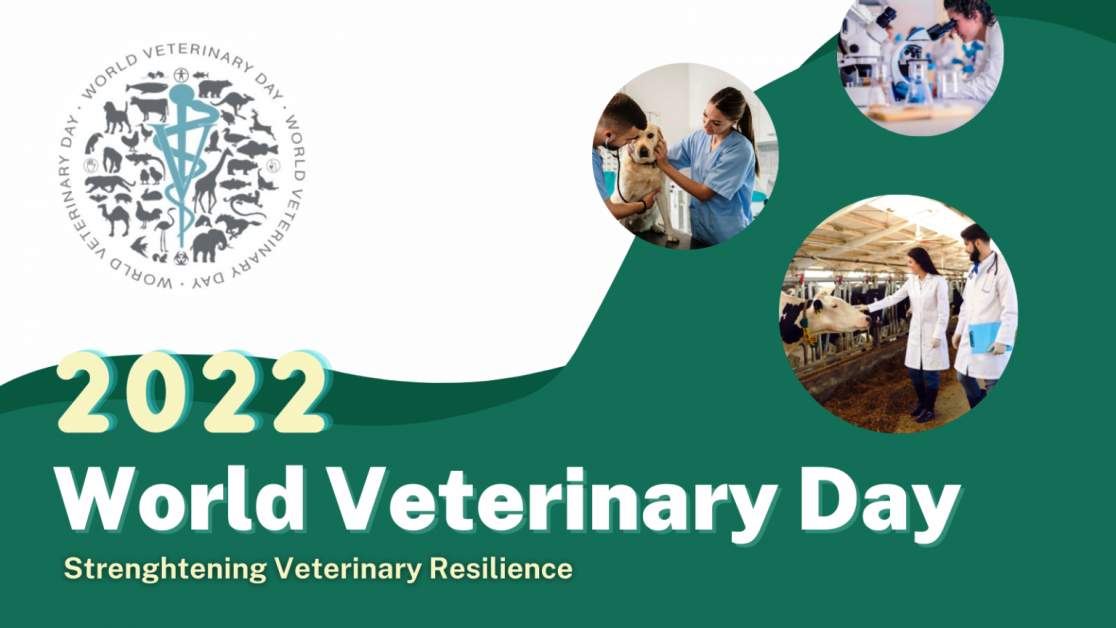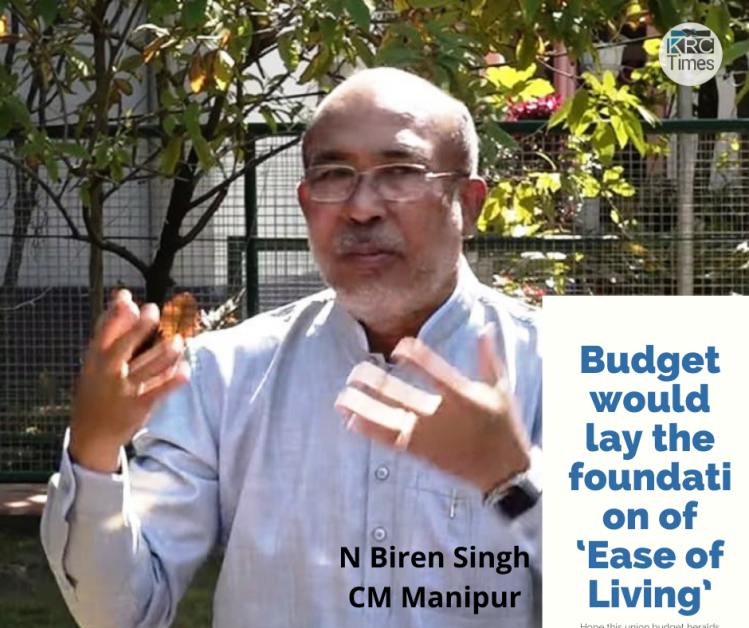The country needs a more people-oriented approach than just 25,000 km of roads, airports and digital connectivity, which helps the corporate builders, toll collectors and fee extractors. Irrationally high tolls and cesses ideally need to be scrapped to keep prices in check
 Shivaji Sarkar
Shivaji Sarkar

A high-expectation ambitious Union Budget can have many contradictions. On the one hand, it aims too high, and on the other is unable to create the much-needed 60 lakh jobs or boost consumption. Rather than dealing with the crisis, it could add to woes.
Farmers and youth are showing their displeasure. The micro and MSME sectors are in distress. People in the public sector are worried about job losses due to possible privatisation. The economy, hit by the pandemic, needs to recover and get back to health and business must be on track to boost jobs and growth. Finance Minister Nirmala Sitharaman appropriately bites the bullet of increased public expenditure but curiously cuts down on welfare and slashes key subsidies by 27 per cent.
The 8 to 9 per cent growth presumption is far from reality. Total expenses are calculated at 11.1 per cent nominal growth, which is on the assumption that retail or CPI inflation would be at 2.6 per cent instead of the actual 5.6 per cent. Inflation is global, which means the total expenditure is inappropriately calculated. Two years back there was a seven per cent contraction which means actual growth is far less. Worse, even 2019 growth was 3.7 per cent as per NSO and not 4 per cent as claimed earlier and the actual growth projections this year could be less.
The Finance Ministry’s arithmetic is conflicting. The government is short on revenue earning is dependent on debt. It proposes to borrow Rs 14.95 lakh crore (lc), of this Rs 11.6 lc crore will be raised from the shaky market. If the government picks up all the money, the credit will be more expensive. As the Reserve Bank of India rate rise is likely, the cost of borrowings will increase. For creating jobs the public sector is needed but it is being edged out.
The onus should shift to the private sector, which has rarely taken such responsibilities and never get into expensive borrowings. Without the active participation of the private sector, the creation of the promised 60 lakh jobs and higher consumption is simply not possible.
This apart, the market is choppy. The disinvestment target is being reduced as there are fewer buyers. It has come down to Rs 65,000 crore for fiscal 2023, from Rs 78,000 crore in 2022 and Rs 1.75 lc in 2020-21. But transferring even profit-earning 171 public assets, as per Manmohanomics, to the private seems fashionable. For example, the Air India deal cost a fortune. After handing over the Air India, AI Express and AI SATS Airport Services to the Tata group for a song, Rs 2700 crore cash, the government is saddled with Rs 51,970 crore losses, debt and liabilities.
During 2021-22, the Centre infused equity of Rs 62,057 crore to clear AI dues before disinvestment. Now another Rs 9259 crore has been allocated to AI Assets Holding Ltd (AIAHL), a new PSU, to handle AI’s unsettled debt and non-core assets. So the government spends over Rs 71316 crore (plus Rs 51970 crore losses) to “sell” the Maharaja! The buyer walks away with 168 Boeing and Airbus aircraft, prime assets, a settled international business and the country’s pride. Worse, the UPA minister, who drove profit-making Air India and Indian Airlines to losses during 2005-07, escapes unscathed.
The first PSU steel plant NINL, with Rs 6600 crore liabilities, for Rs 12,100 crore is sold to Tata group on Budget day. The buyer profits with 1 million tonne a year plant in Odisha, 2500 acre of land and 102 million tonne prime iron ore mine. The LIC and four banks are too put on the block, making “privatisation” far too costly!
The total projected expenses of Rs 39.45 lc may remain on paper, as the budgeted Rs 38.45 lc in 2021-22 could not be spent. The actual expenses were Rs 75,000 crore less at Rs 37.70 lc. The tax revenue is of Rs 27.58 lc and government wants to have capital expenses of Rs 7.5 lc, 35.4 per cent more than the present Rs 5.5 lc. But this year it spent only Rs 2.48 lc, 48 per cent less, which cannot create more jobs. On the other hand, there is a reduction in the allocation of funds for rural development, health and other programmes and the Rs 50000 crore for MSMEs is just bank credit.
The Finance Ministry assumes the crude prices to remain in the $70-75 range. But realistically if it reaches $90 or higher it would add to 49 basis point inflation and send the government expenditure and growth figures into a spin. Plus, tax buoyancy this year is expected at 0.86 per cent. It is less than 1.4 per cent of 2021-22, which means the government expects the taxes to grow at a lower rate. If this is correct many projections could go awry or increase borrowings and the fiscal deficit.
The Ministry could not count on huge savings for boosting consumption as people are not spending. Pre-budget data reveals Rs 7 lakh crore household savings and Jan Dhan deposits swelling to Rs 39,000 crore. But households with Rs 18000 crore debts are not spending. In the farm sector, there has been sustained growth of around 4 per cent, but 86 crore have lost their land. The government must realise that a buoyant farm sector can boost manufacturing and overall demand. It requires a thrust for income generation of 80 crore people, instead of free food doles so that there is an addition to the nation’s income.
According to a State Bank of India study, 52 per cent of these 80 crores were perhaps in the informal self-employed economy till demonetization happened. Barring 15-20 per cent, including a chunk of land-lost farmers, they are all now labourers. The government must have a rethink and revive low-cost people-initiated informalisation? This will be cheaper than unicorns and would employ more. Even MGNREGA allocations have been reduced to Rs 73000 crore from Rs 98000 crore of 2021-22, despite the fact that rural development, health and labourers need a lot more support. People need more cash for consumption boost, else the manufacturing industry would further suffer.
The country needs a more people-oriented approach than just 25,000 km of roads, airports and digital connectivity, which helps the corporate builders, toll collectors and fee extractors. Irrationally high tolls and cesses ideally need to be scrapped to keep prices in check. Interestingly, while taxes are not “hiked”, devious cess robs more and hike prices. The government cannot have contradictory projections and has to be more imaginative to overcome the difficult days ahead and help the country grow sustainably.–INFA
Advertisements | 5E For Success

KRC Career Membership Program is the first step towards an evolved career-building support system powered by KRC Foundation. Ideal for students and job seekers. Mail resume to- 5eforsuccess@gmail.com WhatsApp: 9531090090





